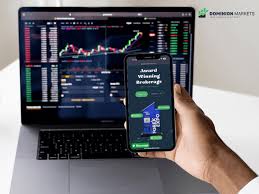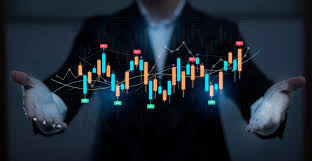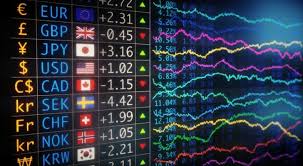
Forex Trading Software Development: Bridging Opportunity and Innovation
In the fast-paced world of financial markets, forex trading software developer Trading Vietnam serves as a beacon of progress and adaptation. Forex trading involves a complex interplay of algorithms, analysis, and real-time data processing, making the role of software developers pivotal to the industry’s evolution. This article will explore the key aspects of forex trading software development, its importance, essential features, and future innovations.
Understanding Forex Trading Software
Forex trading software encompasses various applications and platforms that facilitate trading in the foreign exchange market. This software is designed to assist traders in analyzing market trends, executing trades, and managing their investment portfolios. The primary aim is to streamline the trading process and enhance decision-making through technological advancements.
Key Components of Forex Trading Software
When developing forex trading software, certain core components must be incorporated to ensure usability, efficiency, and security:
User Interface (UI) and User Experience (UX)
A user-friendly interface is crucial for delivering a seamless trading experience. The UI must be intuitive, enabling traders to navigate effortlessly while accessing critical information. UX design should focus on making interactions pleasant and straightforward, reducing the learning curve for new users.
Charting Tools and Analytics
Effective technical analysis is vital in forex trading. Developers must integrate advanced charting tools that provide traders with a clear view of price movements and market trends. Additionally, analytic features such as historical performance data, indicators, and pattern recognition are essential for informed trading decisions.
Order Management System (OMS)

The OMS is a critical part of the trading software that ensures efficient execution of buy and sell orders. This system should support various order types, including market, limit, and stop-loss orders, as well as facilitate automatic execution under predefined conditions.
Risk Management Features
Managing risk is a cornerstone of successful trading. Incorporating features like stop-loss limits, position sizing calculators, and margin call alerts helps traders mitigate potential losses and maintain better control over their investments.
Security and Compliance
Security is paramount in financial applications. Forex trading software must implement robust encryption protocols and multi-factor authentication to protect user data and funds. Furthermore, compliance with regulatory standards ensures that the software adheres to the legal frameworks governing forex trading.
Technologies Behind Forex Trading Software
Modern forex trading software is built on a foundation of advanced technologies. Understanding these technologies can help developers create more efficient and reliable applications:
Programming Languages
Commonly used programming languages for forex trading software include Java, C++, Python, and JavaScript. Each language offers different advantages, with Python being popular for its simplicity and extensive libraries for data analysis and machine learning.
API Integration
Integration of APIs from various data providers and trading platforms is essential. This allows the software to access real-time market data, execute trades, and communicate with brokerage accounts seamlessly. Utilizing RESTful APIs and WebSocket protocols is common for achieving this functionality.
Cloud Computing

Leveraging cloud computing technologies enhances the scalability and accessibility of forex trading applications. Cloud-based platforms facilitate real-time updates, data storage, and backup solutions, allowing traders to access their accounts from anywhere.
The Future of Forex Trading Software Development
As technology continues to evolve, so does the landscape of forex trading software:
Artificial Intelligence (AI) and Machine Learning
AI and machine learning are increasingly being utilized in trading software to analyze vast datasets and identify trading patterns. These technologies can help in developing sophisticated algorithms that adapt to market changes, providing users with automated trading solutions and predictive analytics.
Blockchain Technology
Even though blockchain is primarily associated with cryptocurrencies, its applications in forex trading software cannot be overlooked. Smart contracts and decentralized finance (DeFi) can revolutionize how trades are executed, providing added security and transparency to the process.
User Customization
The demand for customization in trading software is rising. Traders prefer software that can be tailored to meet their specific needs, whether by integrating additional features or customizing the interface. Future developments will likely focus on providing customizable solutions.
Conclusion
The evolution of forex trading software development is an exciting journey driven by technology and innovation. As traders seek more efficient, reliable, and secure means to engage in the forex market, software developers play a crucial role in meeting these demands. By embracing new technologies and understanding user needs, developers can create powerful tools that not only enhance trading experiences but also shape the future of the forex industry.
In conclusion, staying abreast of technological advancements and trends is vital for developers in this field. The fusion of market knowledge, programming skills, and an understanding of user experience will be the key to building successful forex trading software.